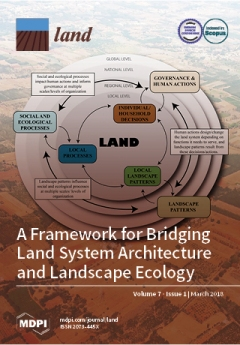Land policy and administration as a basis for the sustainable development of the Brazilian Amazon
There is enough land in the Amazon region to satisfy Brazilian society's demands for economic development, environmental management of a resource base of global importance and the challenges of agrarian reform. Yet Brazil has been unable to create a fully coherent and manageable land policy and administration system for the region which permits sustainable development goals to be achieved while reconciling special interests and uses. Instead, resource waste, private appropriation of the public domain and social conflict characterize land relations in the region.





